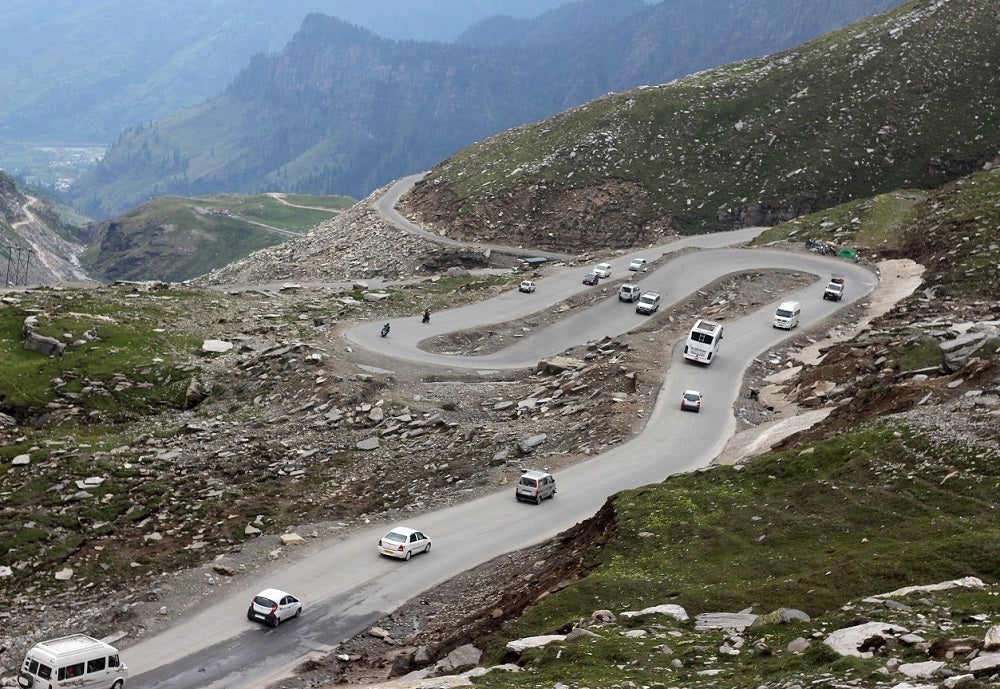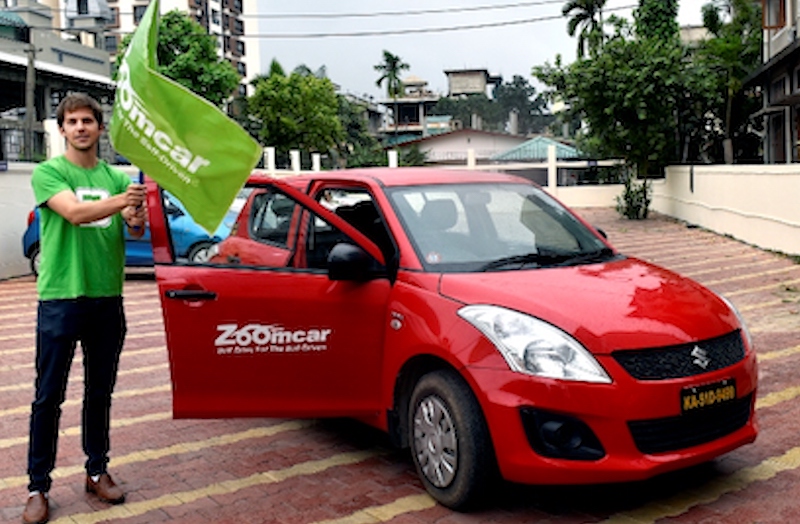The Leh-Manali Highway isn’t just a road—it’s one of the world’s most iconic road trips, carved through the mighty Indian Himalayas. Connecting Leh in Ladakh with Manali in Himachal Pradesh, this 427 km stretch takes you through high mountain passes, pristine valleys, and barren landscapes that resemble another planet.
This route is a dream for adventure seekers, bikers, nature lovers, and photography enthusiasts. Every turn on this highway brings a new perspective—be it snow-covered peaks, blue glacial streams, or ancient monasteries perched on cliffs. Traveling this road is both a test of endurance and a journey into nature’s untouched wonders.
Whether you’re planning to drive, ride a bike, or take a bus, the Leh-Manali Highway will leave you with unforgettable memories, spiritual insights, and the kind of thrill you can’t find in a city.
Route Overview: From Manali to Leh, a Journey Through the Sky
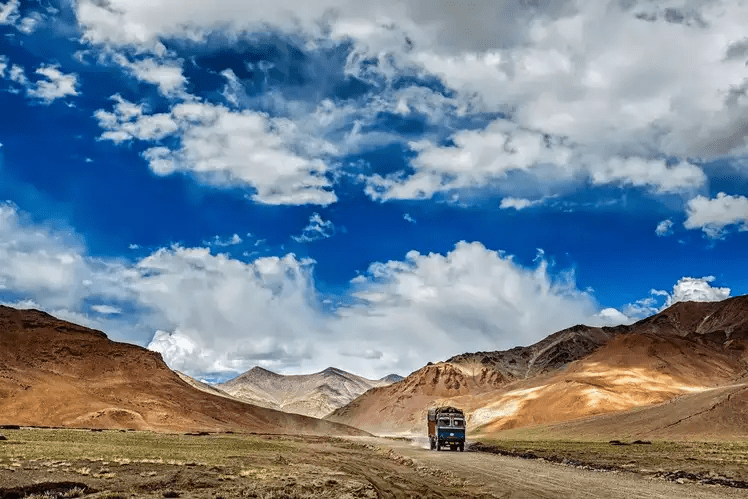
The Leh-Manali Highway starts in Manali, a hill town in Himachal Pradesh, and ends in Leh, the capital of Ladakh. The total distance is roughly 427 kilometers, and the route cuts through some of the world’s highest motorable passes.
Major Passes on the Route:
- Rohtang Pass (3,978 m) – Often the first test of patience due to landslides and traffic.
- Baralacha La (4,890 m) – Surrounded by snow even in summer, this pass leads to the gorgeous Suraj Tal.
- Nakee La (4,739 m) – Offers surreal views of rugged mountains and winding roads.
- Lachulung La (5,059 m) – Windy and dry, this pass challenges even the most seasoned riders.
- Tanglang La (5,328 m) – One of the highest motorable roads in the world, and the final major pass before reaching Leh.
Other key points include Keylong, Jispa, Sarchu, Pang, and Upshi—each offering either overnight stays, fuel stops, or acclimatization breaks. The road is scenic but can be dangerous due to its high altitude, limited oxygen levels, and unpredictable weather. Expect sharp bends, river crossings, and stretches with no network or fuel stations.
Best Time to Travel: Choose the Right Season for Safety and Beauty
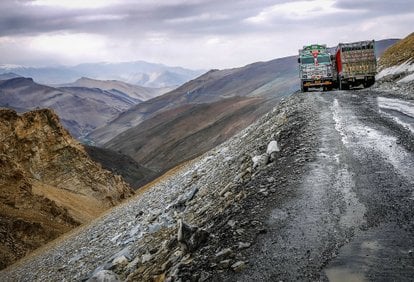
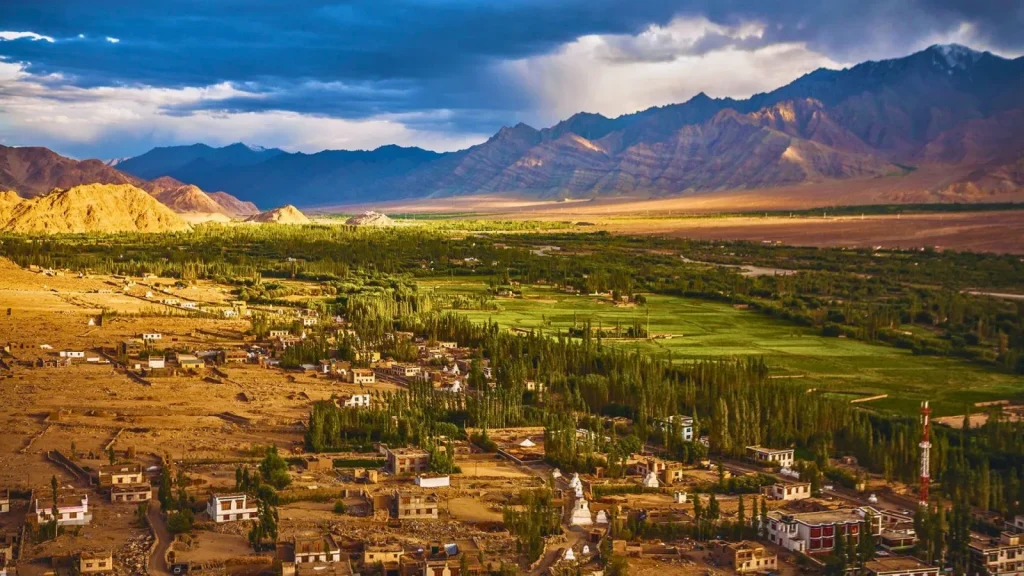
Timing is critical for anyone planning a journey on the Leh-Manali Highway. The road remains closed for about 7–8 months a year due to heavy snowfall and opens only after the Border Roads Organisation (BRO) clears the snow, usually in mid-June. It stays open till early October.
Seasonal Breakdown:
- Mid-June to Early July: The landscape is still snow-covered in places. It’s beautiful, but the road can be slippery and partially unstable.
- Mid-July to August: This is the peak season. The road conditions are at their best, and most camps, hotels, and fuel stations operate normally.
- September to Early October: The skies are crystal clear, tourist traffic is lower, and the golden hues of early autumn make the journey more peaceful. However, the temperature starts to drop quickly.
Avoid traveling during monsoon season (July–August) near Manali due to the risk of landslides. Always check real-time weather reports and road status before starting your trip.
Transportation Options: Bike, Car, or Bus?
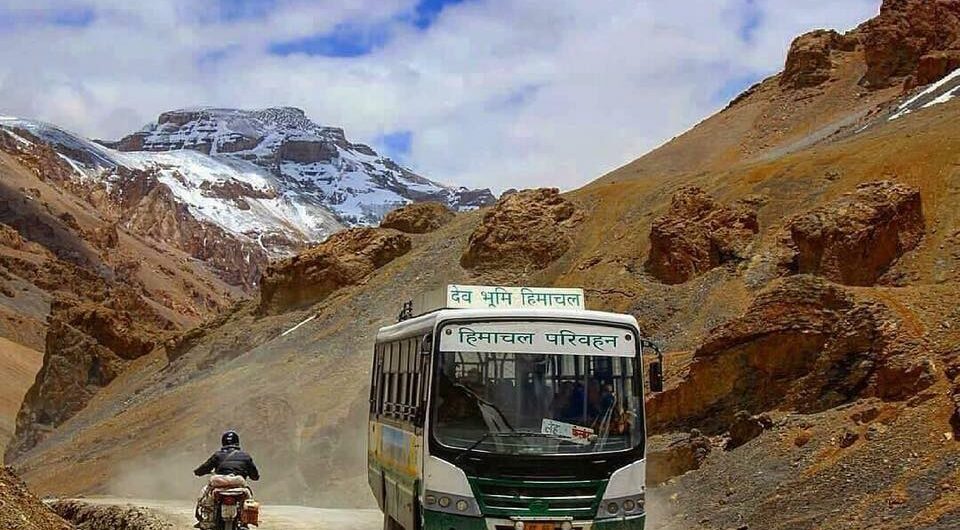
There are multiple ways to travel the Leh-Manali Highway, and your choice should depend on your budget, comfort level, group size, and sense of adventure.
Bike (Most Popular Among Adventurers)
Riding a motorcycle—usually a Royal Enfield or adventure bike—is the most iconic way to do this trip. The freedom of the open road and the thrill of conquering high passes makes this the top choice for solo travelers and groups alike.
- Pros: Total freedom, unbeatable experience, ideal for photography.
- Cons: Physically demanding, requires riding skill, riskier during bad weather.
- Tips: Carry extra fuel, tire repair kits, waterproof clothing, and basic tools.
Car or SUV
Self-driving a car—especially an SUV with good ground clearance—is a more comfortable way to enjoy the same views while staying protected from the weather.
- Pros: Safe for families, luggage-friendly, weather-protected.
- Cons: Some river crossings or gravel stretches can be tricky.
- Tips: Avoid sedans, always check brakes and tires before the trip.
Bus or Shared Taxi
Several HRTC (Himachal Road Transport Corporation) and private operators run buses on this route. These are cheaper but basic.
- Pros: Budget-friendly, no need to worry about driving.
- Cons: Limited comfort, strict schedule, fewer stops for sightseeing.
- Tips: Book in advance and carry warm clothes and food.
No matter the vehicle, always travel during daylight hours, and keep emergency contacts and maps handy.
Accommodation: Where to Stay Along the Highway
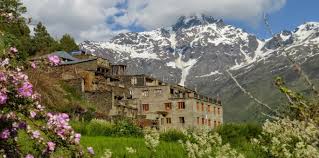
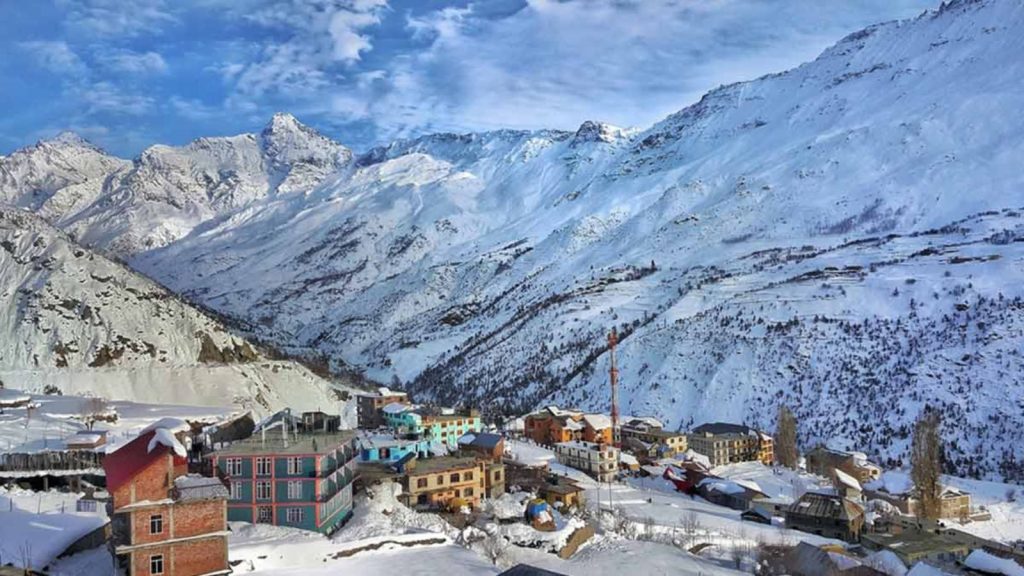
You won’t find 5-star resorts on the Leh-Manali Highway, but there are plenty of basic and comfortable options that cater to travelers.
Key Stops for Night Stay:
- Manali: Offers a wide range of hostels, hotels, and homestays. A good place to relax before starting the journey.
- Keylong: The first overnight stop for most travelers. Expect budget hotels and guesthouses.
- Jispa: A peaceful riverside village with campsites and lodges.
- Sarchu: Mid-point on the highway with tented accommodations. It’s high and cold, so pack warm gear.
- Pang: Basic army-style tents and food stalls. Only stay if you’re experienced with high altitude.
- Leh: Wide variety—from budget hostels to luxury stays. Good base for Ladakh exploration.
Book in advance during July and August, but outside peak season, you can find walk-in options easily. Camps often include dinner and breakfast in the price.
What to Pack: Survival and Comfort Essentials
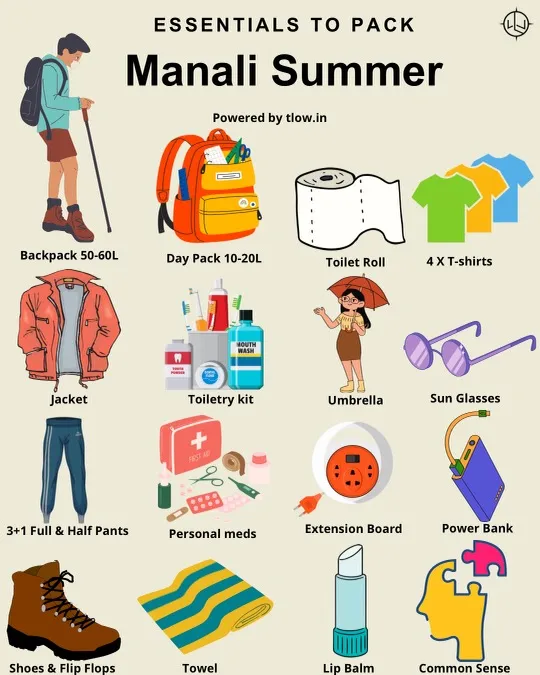
Packing for the Leh-Manali Highway requires a mix of survival gear, warm clothing, and personal items. You’ll be at altitudes over 5,000 meters where even a small mistake can cause discomfort or danger.
Essential Items:
- ID proof & travel permits (Rohtang Pass, and sometimes Inner Line Permits for Leh)
- Thermals, jackets, gloves, and waterproof outer layers
- Sunglasses, sunscreen (SPF 50+), and lip balm
- First-aid kit, personal medicines, and Diamox (for altitude sickness)
- Torch, power banks, offline maps
- Snacks, glucose, ORS, and reusable water bottles
- Cash (no ATMs between Manali and Leh)
- Portable oxygen if you’re prone to breathing issues
Do not overpack, but never skip warm clothing and basic survival gear. If you’re on a bike, use waterproof saddle bags and bungee cords to secure luggage.
Safety Tips: Altitude, Weather, and Road Awareness
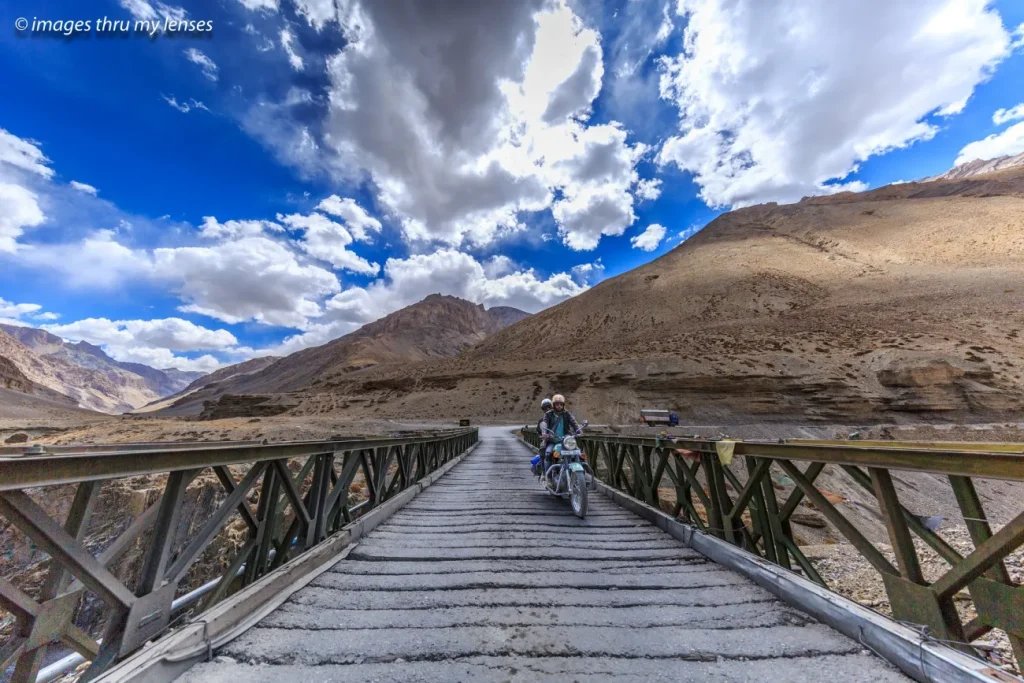
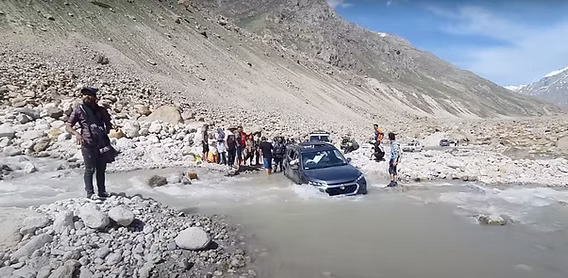
The Leh-Manali Highway is no joke—it’s a dangerous and demanding road. Being alert and prepared can keep you safe and ensure an enjoyable experience.
Altitude Sickness (AMS)
Many travelers experience headaches, fatigue, and dizziness due to the thin air at high altitudes.
Tips: Acclimatize in Keylong or Jispa for a night, avoid alcohol, stay hydrated, and take Diamox after consulting a doctor.
Weather Conditions
The weather changes quickly in the mountains. A sunny morning can turn into snowfall by afternoon.
Tips: Start early in the day, check weather apps or local updates, and never travel at night.
Road Hazards
Expect broken roads, water crossings, sharp bends, and gravel sections. One wrong turn can lead to serious consequences.
Tips: Drive slow, follow road signs, give way to army convoys and don’t attempt shortcuts.
Most of the route has no mobile network, so inform someone about your plan in advance and carry printed documents.
Conclusion: The Journey Is the Reward
Traveling the Leh-Manali Highway is a rite of passage for Indian road trippers and global adventurers alike. It’s a journey that challenges your body but rewards your soul. The vast, empty landscapes of Ladakh, the winding roads of Lahaul, and the high-altitude passes test your limits—but every mile is worth it.
This road trip is not about reaching your destination quickly—it’s about soaking in the raw beauty of nature, making new friends at roadside dhabas, and learning humility in the face of towering mountains.
If you’re prepared, patient, and respectful of nature and local culture, the Leh-Manali Highway will give you an experience of a lifetime.

